This post has been updated to cover new guidance issued by HMRC in March 2023.
The environment, and the effect we have on it, is at the forefront of the minds of businesses, consumers and the Government.
As a result, the Government is eager for businesses and consumers to increase their use of recycled materials over plastics, wherever possible, which has led to the creation of the Plastic Packaging Tax.
This tax came into force from 1st April 2022 and applies a tax to some plastic packaging manufacturing and imports (or packaging for which plastic is the main component).
The reason behind this tax is to provide a clear, economic incentive for businesses to use recycled plastic in the manufacture of plastic packaging. In turn, this is predicted to stimulate increased levels of recycling and collection of plastic waste, diverting it away from landfills or incineration.
Read further to discover what this new tax means, if it affects your business and how to prepare.

What is the plastic packaging tax?
The definition of “plastic packaging” is packaging that is predominantly plastic by weight.
This tax has been planned since 2018 and applies to plastic packaging manufactured in, or imported into the UK, that contains less than 30% recycled plastic.
This is slightly different for packing comprised of mixed components (such as cardboard and plastic). In this instance, if the weight of the plastic constituent is higher than the other components then the packaging falls within the scope of the tax.
Furthermore, this will not apply to any plastic packaging which contains at least 30% recycled plastic, or any packaging which is not predominantly plastic by weight.
Where the tax applies, it’s charged at £200 per metric tonne of packaging and affected businesses must register ahead of time and start filing a special quarterly tax return.
Am I affected by these changes?
This affects UK companies but there’s good news for smaller businesses. The threshold is 10 tonnes a year, so if the weight of packaging you import or manufacture is below this weight across a 12 month rolling period, the tax won’t apply.
Once a business reaches the 10 tonnes threshold within a 12 month period, they must register for and start applying the tax in the following quarter.
How to register for the plastic packaging tax?
To register for the tax on the HMRC website, you may need to provide the following details:
- Your business type
- Your businesses address and contact details
- The date your business became liable for plastic packaging tax
- An estimate of how much finished plastic packaging you expect to manufacture or import in the next 12 months
- A customer reference number. This could be your Corporation Tax Unique Tax Reference (UTR), Self Assessment UTR (or National Insurance number), Company Reference number, or Charity Registration number.
Once registered, you’ll be assigned a reference number that you should use in correspondence.
Do I need to do anything in my Sage System?
Currently Sage has not advised us of any formal actions or changes that they are planning for Sage 200. However, we understand that a formal communication from them is imminent. We will update this page with more information when we have it.
Update from Sage: 30/03/2022
“Sage 200 does not currently have the ability to support Plastic Packaging Tax in any capacity, including but not limited to records and calculations. At this time, it would be most appropriate to keep detailed records outside of Sage 200 and this should include doing a review of tax treatment to apply to products you are importing or manufacturing within the UK to understand if they are applicable to Plastic Packaging Tax. You may wish to consider using an analysis code to flag which of your product records are subject to PPT.”
For more information please read Sage’s article.
Updated HMRC Guidance (March 2023)
Guidance has been updated to help make it clearer which PPC (plastic packaging components) are exempt or excluded from the tax, and when exportation allows an item to avoid the tax.
As part of its effort to improve clarity on the Tax, on 12 October, HMRC updated its guidance on which PPC are exempt or excluded from the Tax and when liability can be avoided or deferred via exportation of certain PPC.
Imports
The section of the guidance titled “Transport packaging on imported goods” has been updated to better explain the exemption for transport and tertiary packaging. It now clarifies that while the exemption applies to items like reusable plastic crates, boxes, pallets, mail sacks, and road, rail, ship, or air containers used for importing goods into the UK, it doesn’t apply to unfilled plastic packaging, packaging around a sales unit or number of sales units on import, or intermediate bulk containers used for bulk transportation like flexible intermediate bulk containers.
Exports
A new section has been added to the government website, titled “Transport packaging on exported goods”. This clarifies when liability for the Tax is cancelled, as well as when a business can defer tax payment or claim a tax credit.
Liability for the Tax is cancelled if you export unfilled transport packaging within 12 months and have records to prove it. Additionally, if you’re a UK manufacturer of transport packaging, you import unfilled transport packaging, or intend to export packaging within the next 12 months, ayou can defer paying the Tax.
You can claim a credit on your tax return if you’ve paid the Tax on any packaging thats later exported (as long as you have records to confirm).
New HRMC Guidance (March 2023)
Alongside the above updates, HMRC have also introduced several new pieces of guidance on the Plastic Packaging Tax.
Secondary Liability
The new guidance states that in some instances, businesses may be liable for the unpaid tax of other actors in the supply chain. In these cases HMRC can issue what’s known as a secondary liability assessment notice, triggered when the recipient’s involved in either transporting, storing, or dealing in PPC and either avoids the Tax, or “knew or should have known” that the Tax was not paid by someone else in the supply chain.
The amount of Tax liability a business owes by way of secondary liability will be worked out by the weight of the PPC connected to it. If this is unavailable, HMRC will estimate the amount using other information.
Joint and Several Liability
HMRC can also serve joint and several liability notices on businesses where there’s a risk of certain parts of the supply chain not paying tax. The notices make the businesses in the supply chain jointly and severally liable for the Tax in the future. They apply in a similar way to secondary liability: when a business is involved in either transporting, storing, or dealing in PPC; it “knew or should have known” that the Tax was not paid by someone else in the supply chain; and it took steps to avoid paying the Tax.
Where to find more information?
To find out more information about this tax including, its history, records you need to keep and tips to prepare please take a look at Sage UKI’s blog or Gov.UK.
If you would like to discuss the contents of this article with us then please use the enquiry form or call us on 01332 959 008
Interested to know more about our Sage solutions?
Call 01332 959008 or enquire online today
"*" indicates required fields

